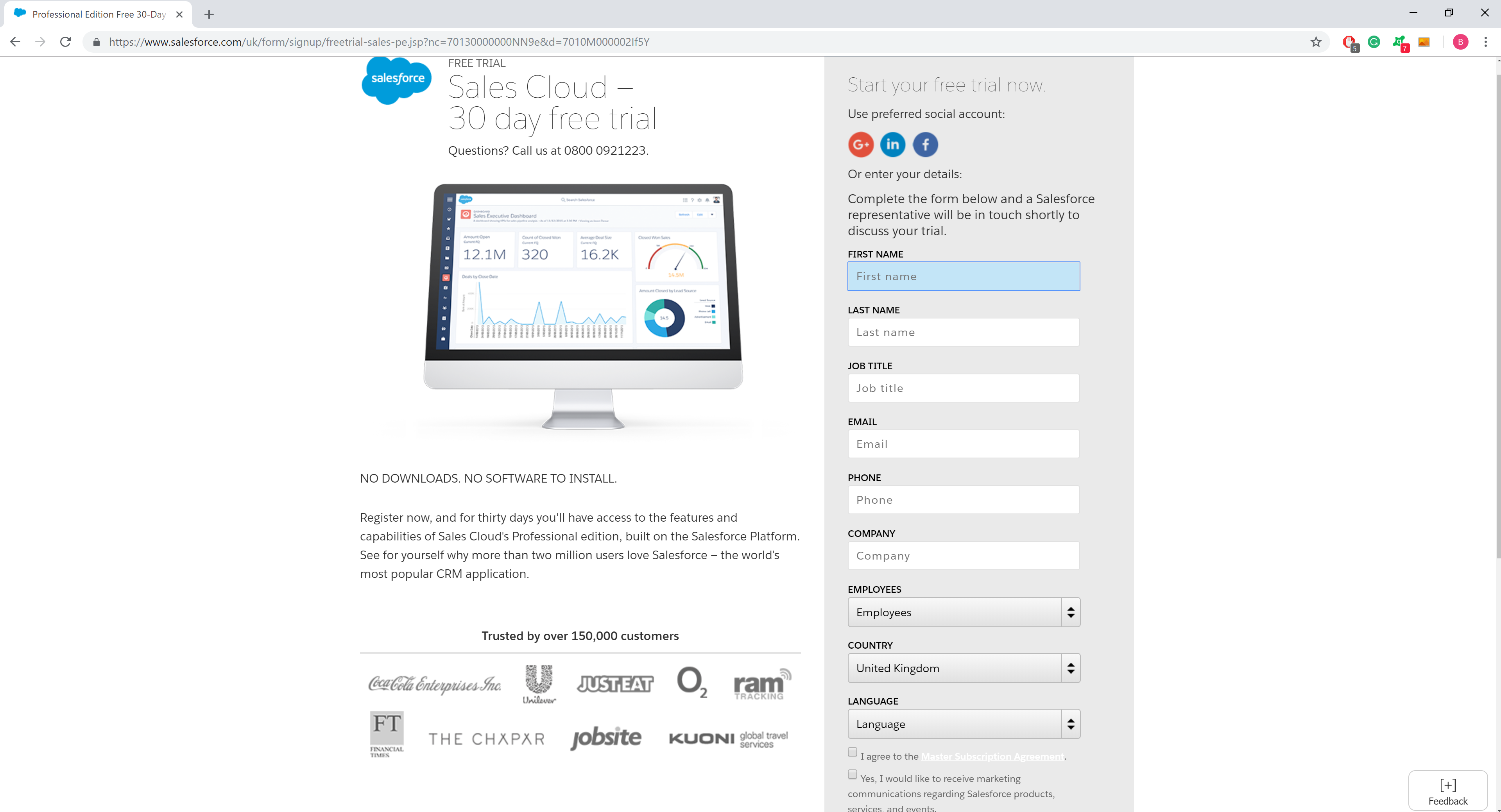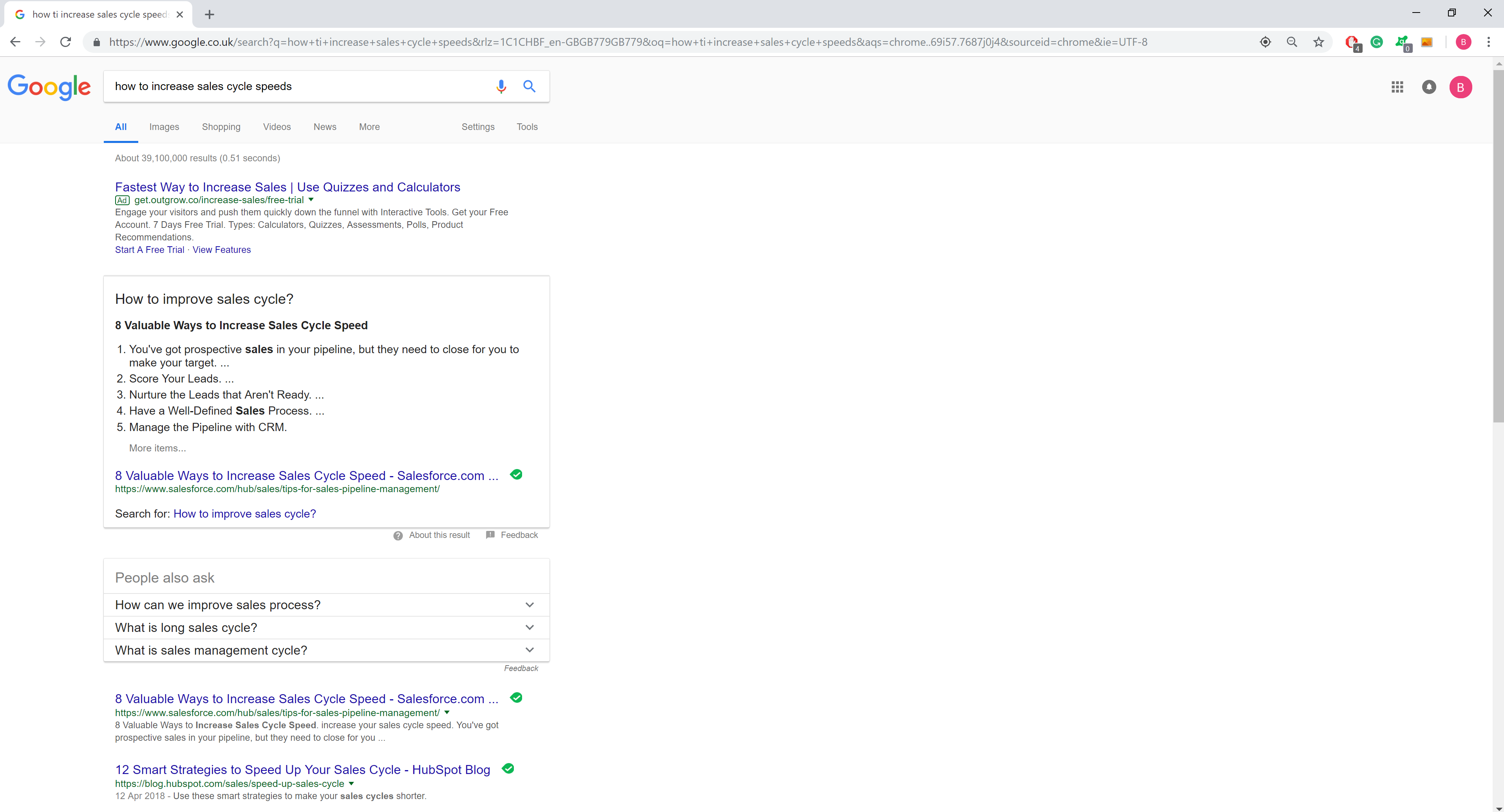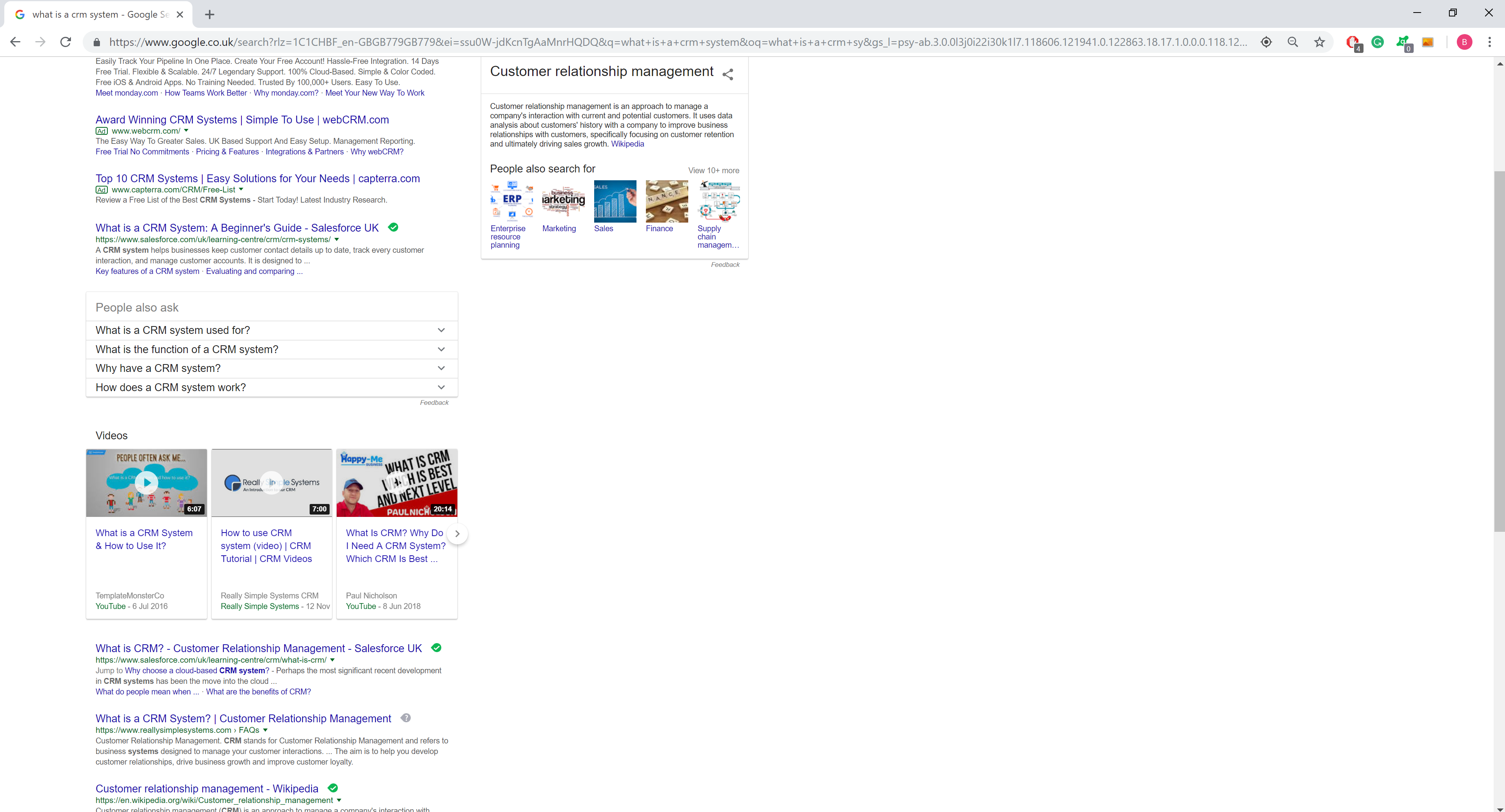Selling B2B SaaS isn’t like other B2B products. Higher-end SaaS enterprise solutions will generate per customer subscription values high enough to justify costly sales cycles. For the low-end of the market, companies have to create self-service sales funnels to avoid spending more on customer acquisition than the average lifetime value of those contracts.
Luckily, SaaS marketers have a unique and powerful tool available to create the self-service sales funnels that they need — their product itself. Unlike most marketers, SaaS marketers can give away as much of their product for free as is possible. This is the key to converting customers and creating an organic pool of customer advocates.
Section 1:
Why some choose free trials and others freemium
The two big choices in free versions of SaaS are freemium or free trials, and whether or not a business email is required to access that promotion. The right decision generally cuts along similar lines — simple products with a low price tag should offer freemium versions open to public emails while complex/expensive products do better as trials only accessible by a corporate email.
Although standard practice for ‘gated content’ is to require a business email, this is only to manually follow up on leads. Low-end SaaS products need to avoid all (or as much as possible) manual intervention. They also have more crossover into the B2C market than standard B2B products. Access to these potential customers and advocates is closed off by segregating your freemium users to only corporate customers.
For example, a product like Grammarly sits in a grey zone where it targeted at both B2C and B2B consumers. It has wide appeal within the consumer market. But, its revenue streams come from premium subscribers, most of whom are making those purchases for professional reasons and, in many cases, a business is the one paying the fee. Slack and Trello are solid B2B products, but will allow freemium access with a private email address because they understand their appeal to freelancers.


Slack & Trello – Premium vs. Freemium
In both cases, this is the smart move. It generates the widest possible user base, all of whom are potential organic advocates for professional and premium adoption within a variety of workplaces.
On the other side, accessing a free trial of Salesforce requires a business email. Salesforce is an expensive product, providing the budget for some involvement in the sales process. They probably even expect to engage in direct sales contact at some point during their sales funnel.

Salesforce.com – Account Creation
The smaller default market size for higher-end SaaS products, and ability to actively pursue leads diminishes the disadvantages of closing trial pools to people with corporate emails. The companies benefit from the ability to sort trial users by type, and then have the ability to follow up with sales/marketing material as that person nears the end of their trial to maximise conversions.
Section 2:
How to make quality freemium and free trials
For freemium products, you obviously can’t give away the whole thing. But, you also cannot provide a trial service that is so scaled back that it fails to impress. You need a freemium product that ‘wows’ users, but leaves them wondering how their lives might be better if they splashed out and made the premium purchase. You need to identify the core reason people access your product, and leave that untouched.
Ideally, your product should naturally remind users that there is a better alternative lurking behind a paywall. But, again, the key is finesse — if these reminders are obnoxious or intrusive, you will lose customers.
One of the best ways to do this is to leave in the interface options to access the premium features but simply revert to a paywall when they are clicked. Hubspot does this by surfacing premium features within the product that have a ‘locked’ icon next to the feature. When you select the locked feature you will be sent to a landing page that allows you upgrade or speak to sales. Grammarly does a great job in telling you that there are advanced issues with your text on which it can offer advice with an upgrade. Both programs are good examples of freemium that retains 90% of its functionality with missing features that would specifically entice their real B2B audiences.

Grammarly Example Premium Insights
For free trials, the only real consideration for removing features is operating costs. If you operate a help desk, customer service or other costly manual processes, it may be advisable to exclude that from your trial. The choice you have to make, however, is how these subtractions impact the quality of your product and how integral these features are to your buying audience. Like with freemium, if you scale down your product too much, your trial will be underwhelming and fail to induce conversions.
Advertisements are a common feature in B2C freemium. This is not an advisable strategy for B2B. Businesses expect a cleaner interface — but clear routes and journeys to upgrade should be thought about.
Section 3:
Invest in visibility for your free product (invest in content marketing)
Your free trial or freemium product is the bedrock of your sales strategy. For many SaaS businesses, product trials are effectively their sales teams. If you can ‘wow’ people with a free version of your product, you will set the wheels in motion to build a successful business. But, if you can’t spread the word and get users engaged with your trial, it won’t matter how free it is.
Although it is critical for most SaaS businesses to keep their marketing and sales costs low, it is equally important to invest in visibility. One of the most cost-effective ways to do this is to invest in content marketing. Unlike paid forms of advertising, content marketing sticks around long after you paid for its creation — it’s evergreen. In fact, well-written content will continue to grow in value as it collects views, likes, shares and comments.
Content is critical to attracting potential customers that have yet to identify your product as a solution to their problem, or who have only just identified a problem.
For example, type ‘how to increase sales cycle speeds’ into Google — the first two results (c. 03/10/18) are Salesforce Blogs, the third is HubSpot. Type, ‘what is a CRM system’ into Google — you get two Salesforce blogs, both ranking higher than Wikipedia. That is how you dominate a market.
To do this well, you need to understand your ‘buyer personas’ and messaging that will resonate with that audience.


Freemium vs. Free Trials
Section 4:
In summary, freemium and free trials are your sales team – but you still need marketing
Whether or not freemium or free trials are best suited for your product will depend on its complexity and average contract value (ACV). If your business model depends on a self-service sales cycle, you need freemium open to the public. If you can afford to follow up leads (or believe that you have to based on the complexity of your product) you will be better served by a free trial.
In both cases, you need to make sure that you invest in visibility for your product. People will only engage with your trial if they know your product exists. To do this, you need a marketing team. Content marketing is a great choice for businesses looking to create a low-cost, low-maintenance customer journey. For companies with larger budgets, you can consider retargeting campaigns and other more intensive forms of outbound marketing to make sure your messaging gets in front of the right people.
With both freemium and free trials, your success will depend on creating something that both ‘wow’ users and entices them to make a premium purchase. Luckily, the same team that helped you create your product will be well equipped to create the free version that you need to make a success out of your business.

